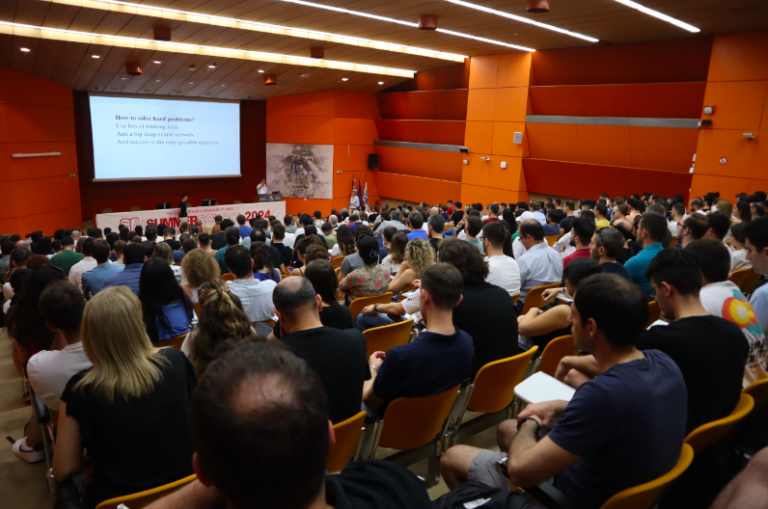Scientists have failed to detect a key signal from space – and used it to explain some of the earliest parts of the universe.
The inability to pick up the signal has allowed researchers to better understand the first galaxies to exist. It is one of the first times they have been able to study the period known as the “cosmic dawn”, when the first stars and galaxies came into being.
Scientists are now able to place limits on the mass and energy coming out of those first stars and galaxies – using a counterintuitive method.
Dozens of times drought, ice melt & storm surge unearthed unusual & unsettling discoveries this year
Researchers were looking for a specific signal, known as the 21-centimeter hydrogen line. After they didn’t find it, they were able to rule out some scenarios for the beginnings of the universe’s stars and galaxies.
Those galaxies cannot yet be seen directly. But the new study is a way of understanding one of the most important moments in the cosmos, when it switched from being largely empty to being full of stars.
Read more: Independent
Ask me anything
Explore related questions





